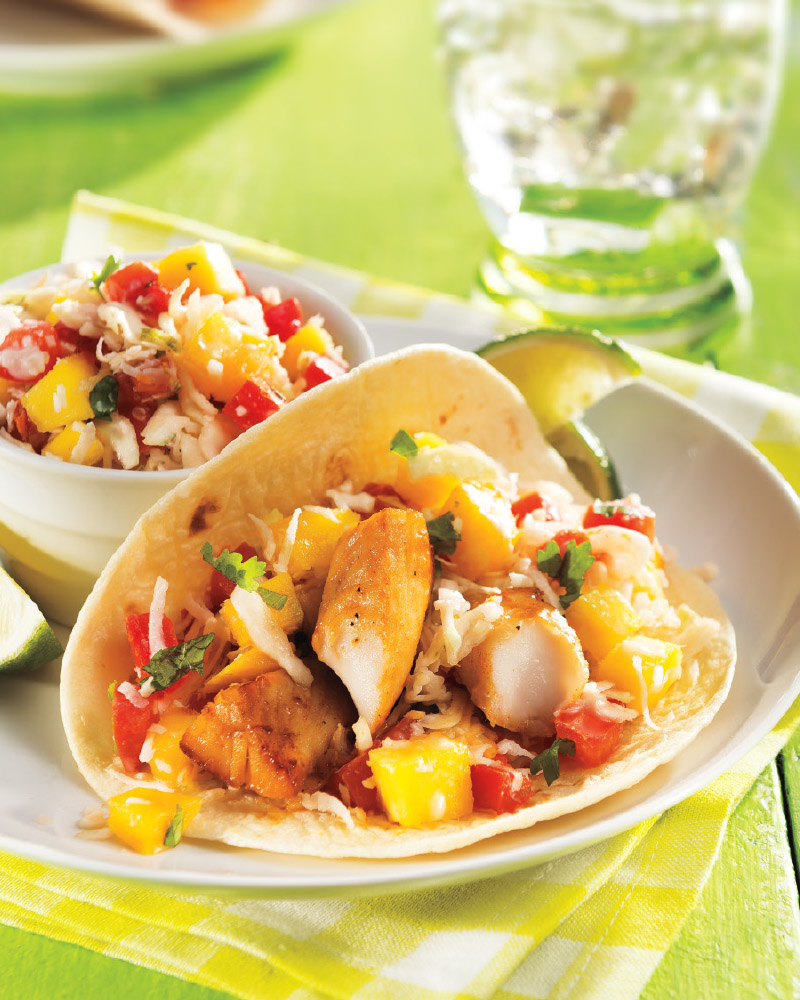


Honey-Lime Fish Tacos with Coconut-Mango Slaw
Prep: 20 minutes
Cook: 15 minutes • Serves: 4 Continue reading




Honey-Lime Fish Tacos with Coconut-Mango Slaw
Prep: 20 minutes
Cook: 15 minutes • Serves: 4 Continue reading
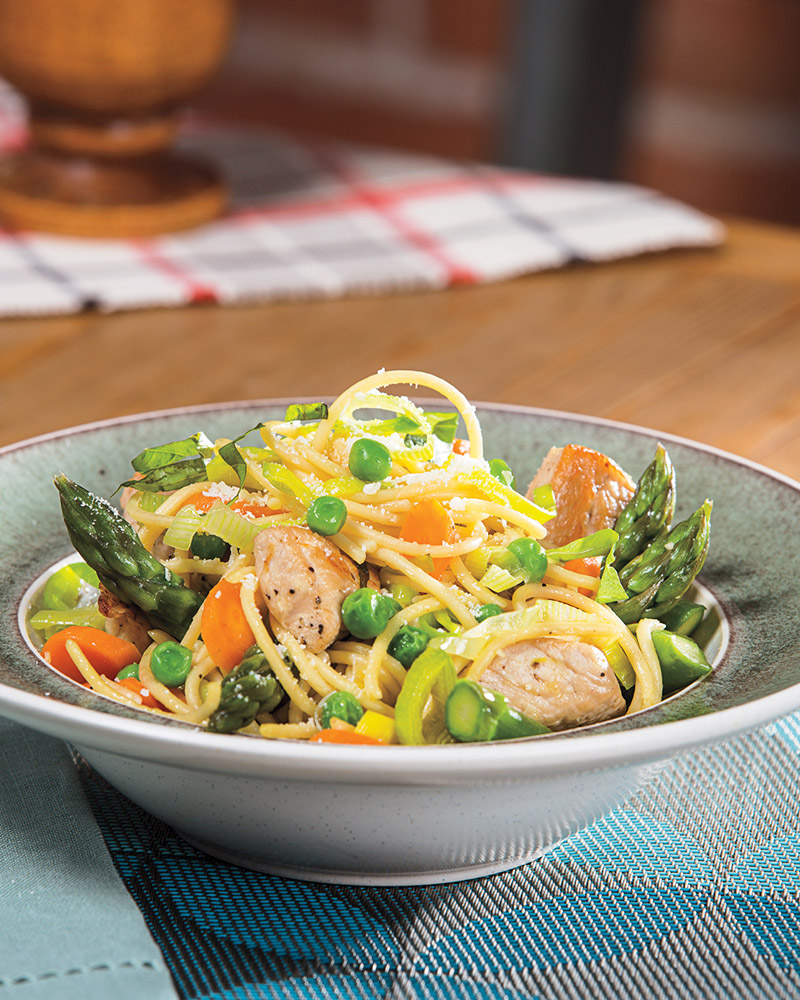
Click to See How-To Video!

Spring Pasta Primavera with Turkey
Prep: 20 minutes
Cook: 15 minutes • Serves: 4 Continue reading
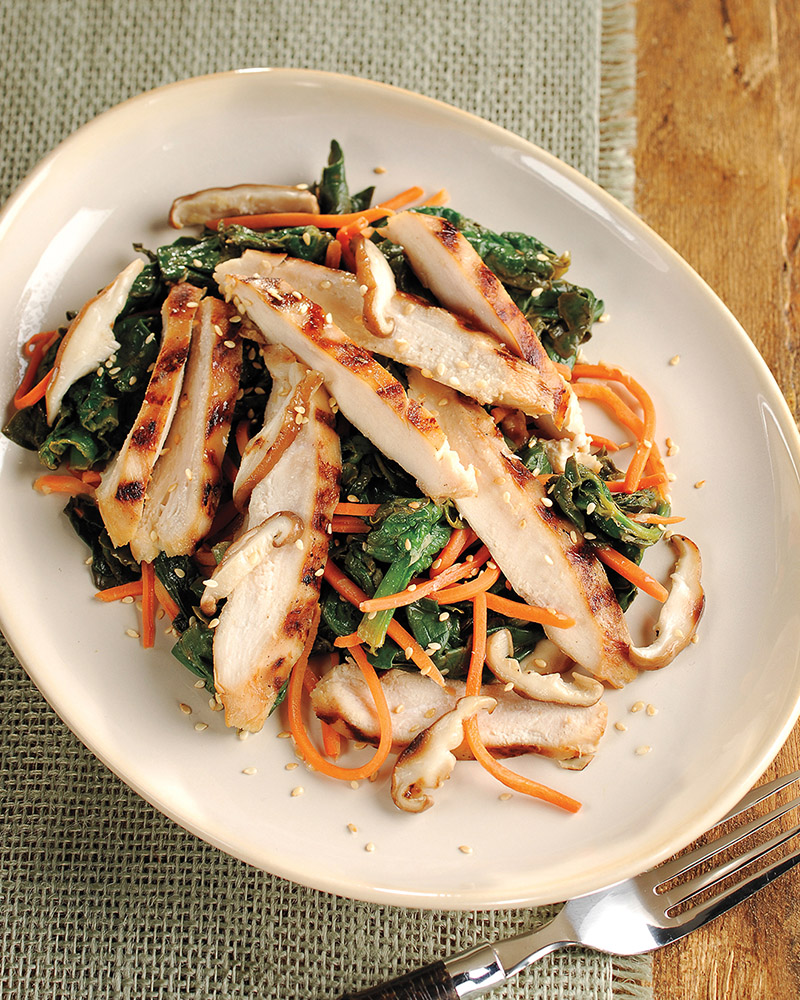


Asian Grilled Chicken Over Wilted Spinach
Prep: 15 minutes plus marinating
Cook/Grill: 20 minutes • Serves: 4 Continue reading
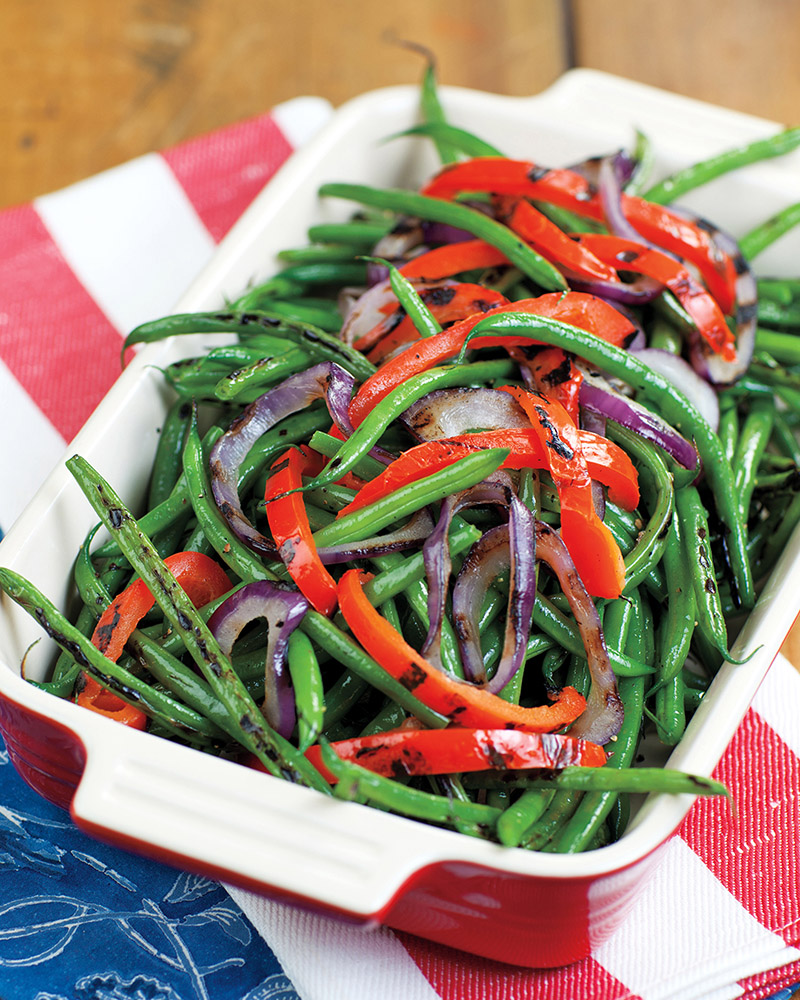


Grilled Green Beans with Peppers & Onions
Prep: 15 minutes
Grill: 10 minutes • Serves: 8 Continue reading
Prep: 20 minutes
Roast/Grill: 47 minutes • Serves: 4 Continue reading
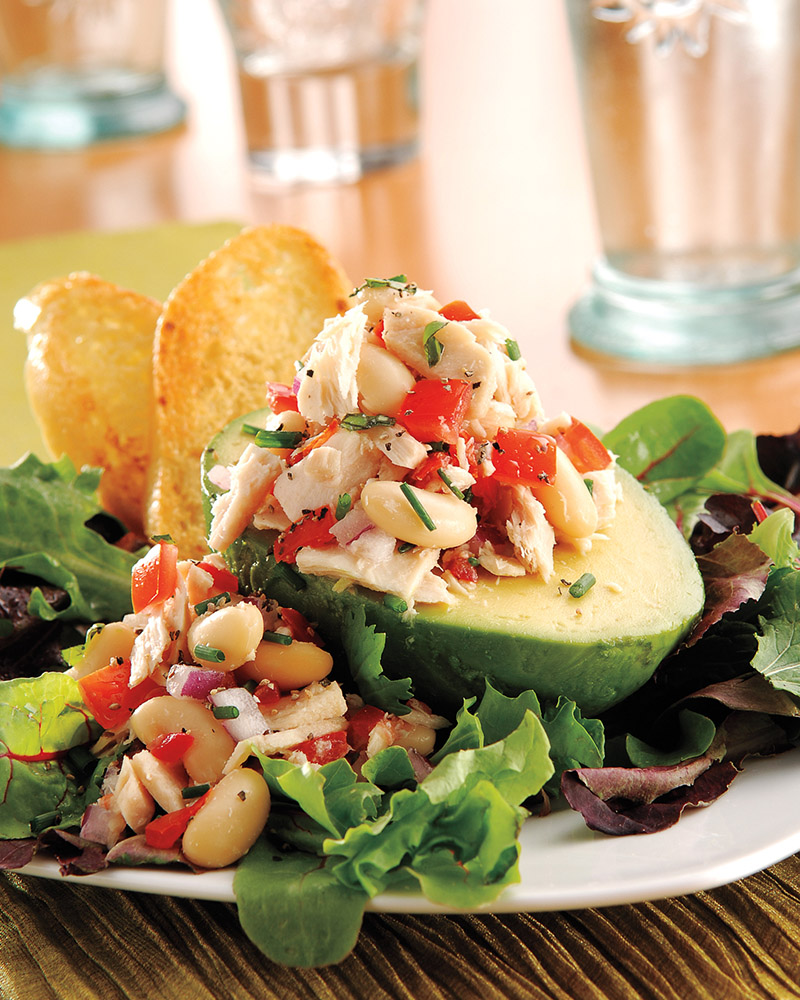
Click to See How-To Video!

Tuscan Tuna, White Bean & Avocado Salad
Prep: 25 minutes • Serves: 4 Continue reading
There is almost no better way to enjoy the beautiful summer months than being outside – at the park, the beach, or even at a BBQ in the backyard. With hot summer days come gatherings and picnics outside. Ensure your summer picnics are food safe. As food heats up in the summer temperatures, bacteria can multiply rapidly. Utilizing safe food handling when eating outdoors is critical in protecting yourself, your family and friends from foodborne illnesses.
Here are some tips:
This will ensure you don’t forget essential items. Be sure to pack a food thermometer, cooler chest with ice, clean utensils, trash bags, paper towels, hand soap, etc. if you are going to be picnicking away from home.
Place cold food in cooler with ice packs. Cold food should be stored at 40°F or below to prevent bacterial growth.
one for beverages, one for perishable foods. That way while picnickers open and reopen the beverage cooler, the perishable foods won’t be exposed to the warm temperatures outdoors.
Keep your coolers and buffet line in the shade. Serve food quickly from the cooler and return it fast.
before packing for the picnic.
measured with your food thermometer. Use this guide below:
| Minimum Internal Cooking Temperatures for Meat | |
| Steaks and Roasts | 145°F |
| Fish | 145°F |
| Pork | 145°F |
| Ground Beef/Hamburger | 160°F |
| Chicken | 165°F |
don’t reuse platters or utensils that previously held raw meats.
if you are involved with food prep. If you don’t have running water, use a jug of water, some soap, and paper towels or a moist towelette.
Keeping foods at the proper temperature outdoors is critical in preventing the growth of foodborne bacteria. The key is to never let your food fall into the Temperature Danger Zone, between 40°F and 140°F, for more than two hours, or one hour if the outdoor temperatures are above 90°F.
Follow these simple rules for keeping cold food cold and hot food hot.
• Keep cold food in a cooler at 40°F or below until serving time.
• Once served, it should sit out for no longer than two hours, one hour if the temperature is above 90°F.
• Individual serving dishes can be placed directly on ice, to help keep the product chilled.
• Hot foods should be kept hot, at or above 140°F.
• Same as with cold food – food should not sit out for more than two hours, or one hour if temperatures are above 90°F.
Happy, safe, picnicking!
Enjoyed in cuisines all over the world, it’s no wonder that avocados seem to be enjoying a renaissance. Its name comes from the Nahuatl word ahuacatl, and was cultivated first by the Aztecs in the region now known as Mexico and South-Central America as far back as 8000 BC. Spanish colonists had a difficult time pronouncing the berry as aguacate, which eventually morphed into the English “avocado.” Avocados are commonly referred to as “butter fruit” in South Asia and South America, where they’re often served with sugar and milk over ice as a refreshing and cool dessert.
The most popular avocados in the United States are the Hass variety, sometimes called “alligator pears” for the rough, bumpy skin that covers a smooth, pale green flesh. Avocados require tropical and sub-tropical climates, making California and Florida the two primary sources in the U.S. with the growing season beginning in the spring and continuing through early fall.
Though primarily recognized as the main ingredient in guacamole, these buttery-smooth and nutrient-rich fruits are versatile additions to just about any dish, from dips and spreads to burgers and tacos. Avocados are most often used in their raw form, requiring only peeling and dicing without losing the many nutrients during cooking or processing. In fact, avocados are considered a “super food” due to their abundance of monounsaturated fatty acids, dietary fiber and minerals like iron, potassium and magnesium.
Avocados begin ripening when picked and the green skin will begin to darken to nearly black. It’s best to check the ripeness of the fruit by gently squeezing it in the palm of your hand; a ready-to-eat avocado will be slightly firm, yet yield to gentle pressure. Avoid avocados with soft spots and dark blemishes, as these are indicators of over-ripeness. Ripe avocados should be used within one to two days. Firmer fruit with greener skin is better if you won’t be using them for a few days and they’ll keep for up to a week when stored at room temperature. Once ripe, avocados can be refrigerated for another one to two days.
It’s best to cut the fruit immediately before serving to preserve their bright green color. Once the avocado flesh is exposed to air, it begins to discolor and brown. Lime or lemon juice can help slow this process in prepared dishes, but the key is to minimize exposure. Unused halves can be sprinkled with lime or lemon juice, then wrapped tightly with plastic wrap and refrigerated.
© 2025 Martin's Super Markets and Vimax Media unless otherwise noted. All rights reserved.